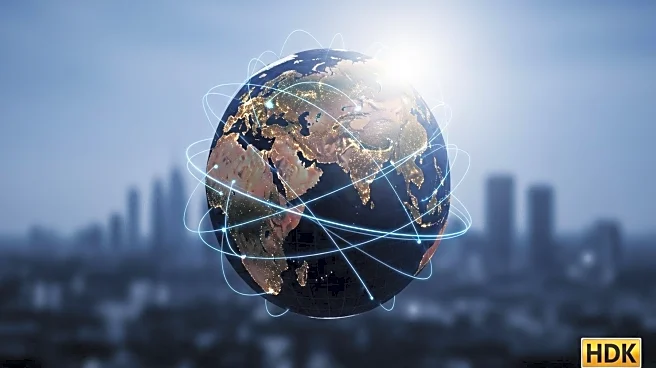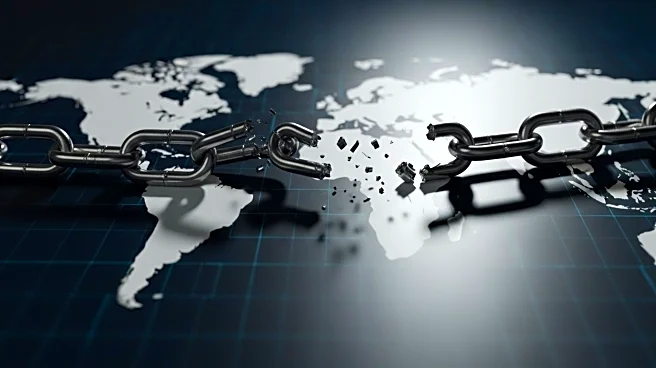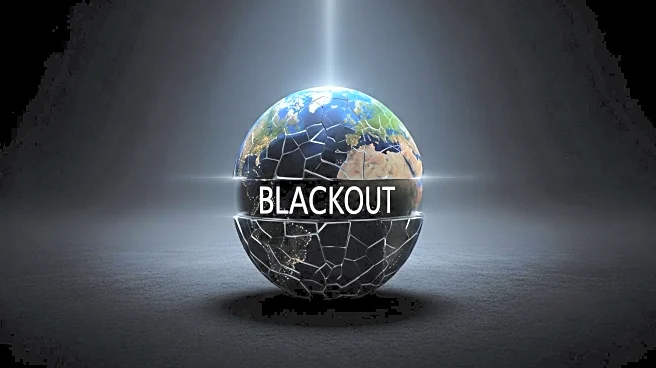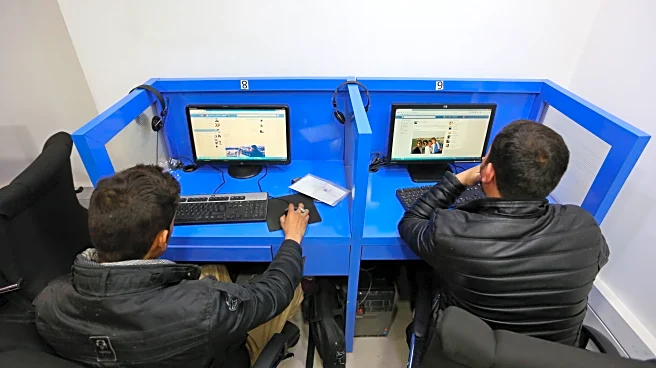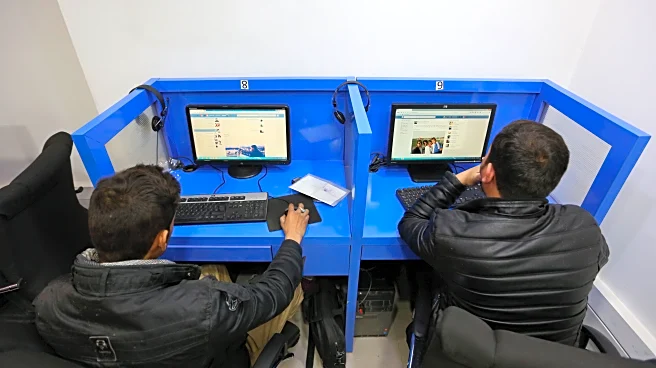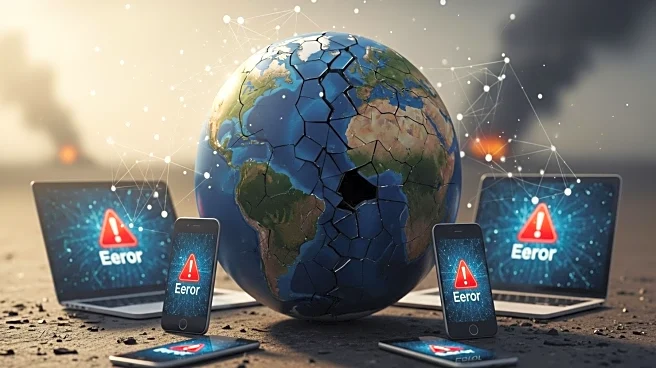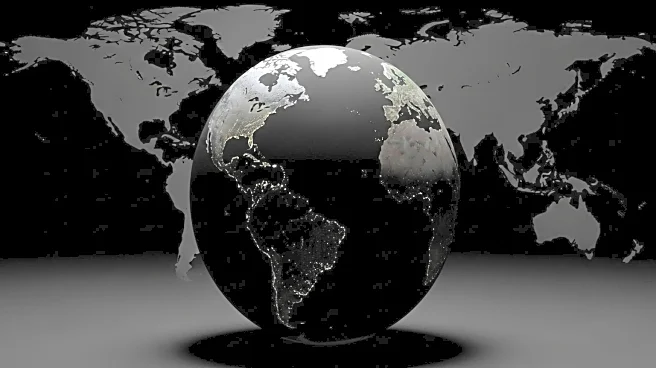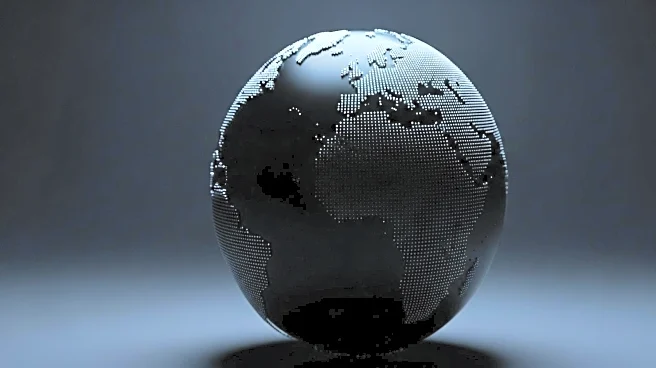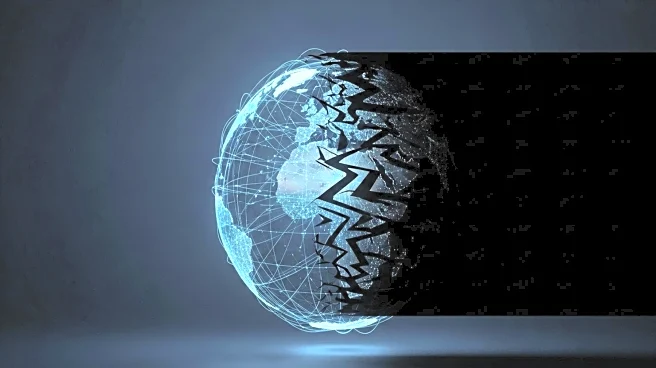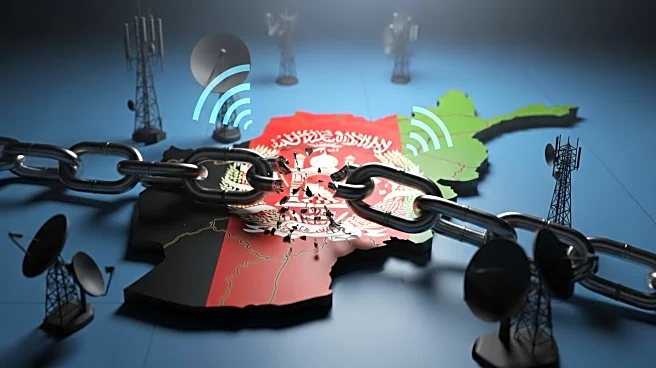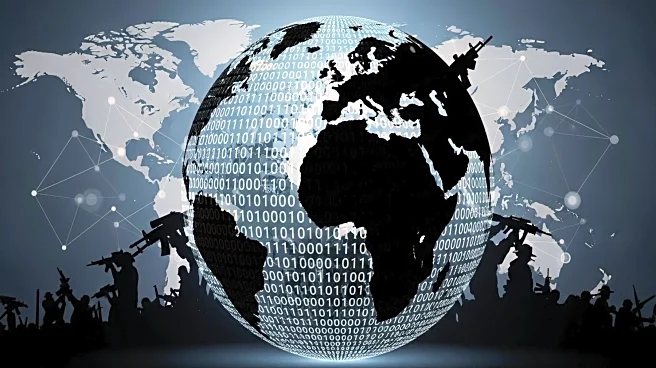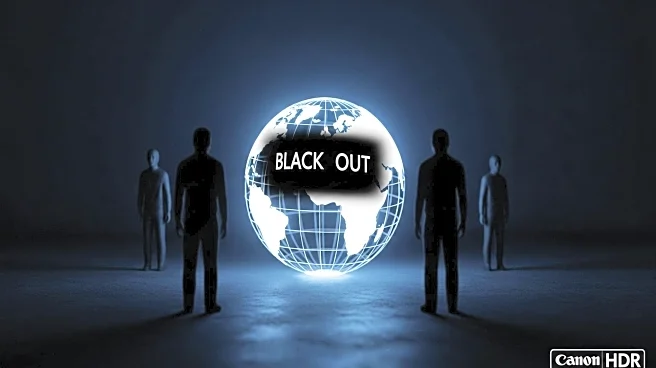What is the story about?
What's Happening?
The United Nations mission in Afghanistan has called on the Taliban to restore internet and telecommunications access across the country. The blackout, which began on September 16 and became nationwide on September 29, has left Afghanistan almost entirely cut off from the outside world. The Taliban's actions are part of a crackdown on what they perceive as immorality, following a decree by Taliban leader Hibatullah Akhundzada. The UN has expressed concern over the impact on freedom of expression and the right to information, especially during a time when Afghanistan is dealing with major earthquakes and mass forced returns from neighboring countries.
Why It's Important?
The internet shutdown in Afghanistan poses a significant threat to the country's economic stability and exacerbates one of the world's worst humanitarian crises. The disruption is crippling banking and financial systems, isolating women and girls, and limiting access to medical care and remittances. The blackout also affects aviation and other critical services, further isolating the Afghan population. The UN's appeal underscores the importance of telecommunications in maintaining social and economic stability, particularly in disaster-prone regions.
What's Next?
The UN mission has stated its intention to continue pressing Afghanistan's de facto authorities to restore internet access. The international community may increase diplomatic efforts to persuade the Taliban to reverse their decision. However, the Taliban's stance on digital access remains uncertain, and the situation could lead to further international isolation for the regime.
Beyond the Headlines
The situation in Afghanistan highlights the broader issue of digital rights and the role of technology in modern governance. The Taliban's actions raise questions about the balance between traditional values and the need for technological advancement in a globalized world. The internet blackout also serves as a reminder of the vulnerability of digital infrastructure in conflict zones and the potential for authoritarian regimes to use technology as a tool for control.
AI Generated Content
Do you find this article useful?
